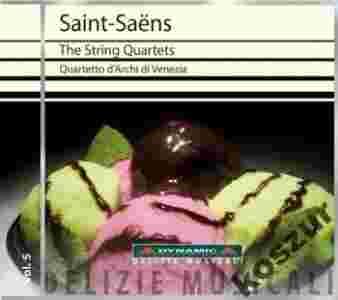Saint-Saens THE STRING QUARTETS Quartetto Venezia

Aukcja w czasie sprawdzania była zakończona.
Cena kup teraz: 39 zł
Użytkownik koszur
numer aukcji: 1998381724
Miejscowość Szczecin
Wyświetleń: 7
Koniec: 13-01-2012, 19:14
Dodatkowe informacje:
Stan: Nowy
Opakowanie: w folii
Liczba płyt w wydaniu: jedna
